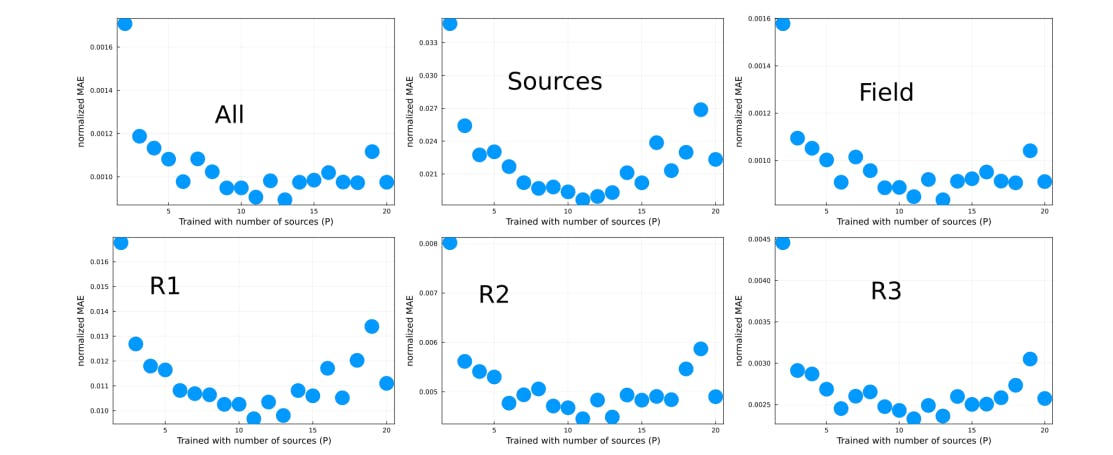100 reads
Generalizing Deep Learning Models for Varied Diffusion Equations
by
June 21st, 2024
Audio Presented by

Leading research and publication in advancing reinforcement machine learning, shaping intelligent systems & automation.
Story's Credibility

About Author
Leading research and publication in advancing reinforcement machine learning, shaping intelligent systems & automation.
